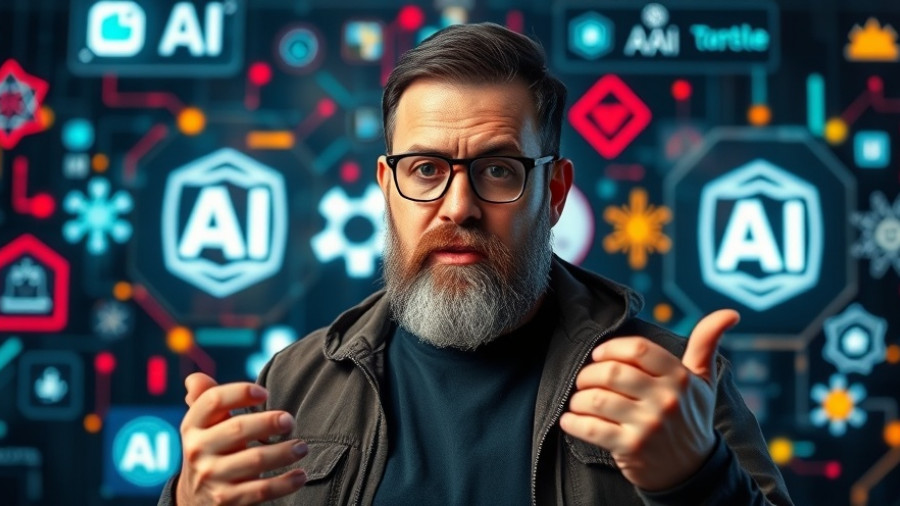
Understanding the Evolution of AI Image Editors
The landscape of AI image editors has rapidly evolved, with significant advancements in technology that are impacting how we create and manipulate images. The video, "I Tested Every AI Image Editor. This is the Best," dives deep into various AI image editing tools, comparing them based on challenging use cases and overall effectiveness. As tools like Nano Banana, Cadream 4, and others emerge, understanding their capabilities and limitations becomes vital to harnessing AI effectively.
In "I Tested Every AI Image Editor. This is the Best," the discussion dives into the capabilities and limitations of emerging AI image editors, offering insights that sparked deeper analysis on our end.
Key Challenges and Insights: What Each Tool Brings to the Table
The tests conducted covered a range of scenarios—from removing objects from images to changing the time of day in a scene. Noteworthy findings reveal that while several tools succeeded in basic tasks such as removing people or altering backgrounds, each tool exhibited unique strengths and weaknesses. For instance, in removing all people from an image, both Nano Banana and Quen excelled in filling out details accurately, while others faltered significantly.
The Surge of New Players in the AI Editing Arena
Among the newer entrants, Cadream 4 appears to be gaining traction as a strong competitor to established tools. Despite Cadream being labeled a "Nano Banana Killer," it struggles with certain nuanced tasks, particularly when modifying complex images. It was responsible for impressive edits but sometimes misunderstood prompts, leading to unexpected results. This dichotomy illustrates the importance of choosing the right tool based on specific project needs.
Evaluating the Creative Outputs Across Tools
Throughout the testing, a central theme emerged regarding creative output quality. While tools like ChatGPT excel in understanding prompts, they often produce images that stray from realism—an important aspect for content creators aiming for quality results. For instance, when tasked with changing scenes from night to day or performing complex character swaps, the quality of generated images varied widely. These disparities guide users in selecting the right tool depending on the required outcomes, especially when character and detail consistency are critical.
Practical Insights for AI Image Editing Enthusiasts
If you're delving into the world of AI image editing, it's essential to weigh factors such as output style, detail retention, and ease of use. The video underscores that while tools may perform well in controlled scenarios, real-world applications often uncover unique challenges. For aspiring AI educators and learners, engaging with platforms like the Futurepedia Youtube Channel can enhance understanding of both fundamental principles and cutting-edge advancements in AI technologies.
The Role of Community and Resources in Mastering AI Tools
As the field of AI continues to evolve, educational resources become paramount. The video references a free resource from HubSpot that aims to guide content creators in leveraging AI tools for viral success. By transforming your understanding and application of AI image editors through such resources, you not only enhance your skill set but also open pathways for innovation in your work.
In conclusion, testing various AI image editors highlights the nuanced landscape of tools available today. Whether you aim to modify photos for personal use or create stunning visual content for wider audiences, understanding the strengths and limitations of each tool will empower your creative processes. Embrace these innovations, stay informed, and explore the holistic potential of AI in the arts.
 Add Row
Add Row  Add
Add 




Write A Comment